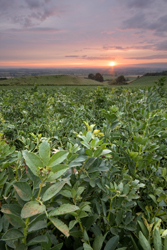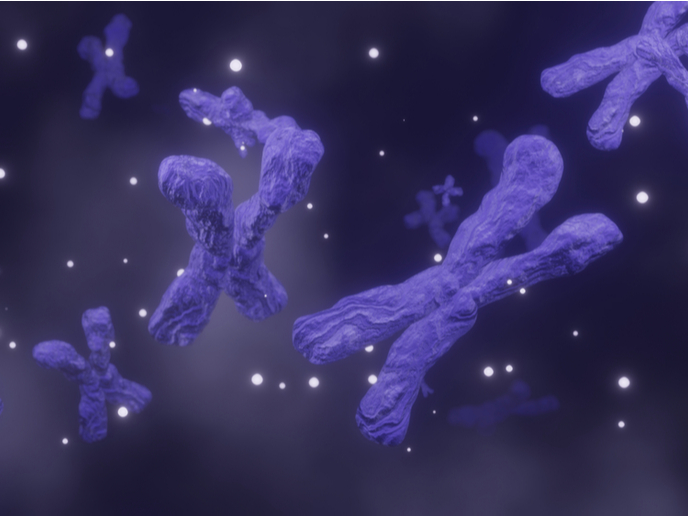Faba bean resistance to Orobanche crenata
Faba beans are important to the economy of North Africa as both food for human consumption and for animal feed. In Europe it has helped to overcome a chronic lack of home-produced plant protein to supply the EU's animal feed industry. The EUFABA project developed faba bean genotypes resistant to disease, parasites, frost and drought and free of anti-nutritional factors. The project consortium screened faba beans under field conditions for resistance to the parasitic herbaceous plant Orobanche crenata (O. crenata). Researchers carried out field trials in Spain and Egypt in order to compile the EUFABA-broomrape-ringtest. They tested 41 accessions under field conditions together with a local variety in soils naturally infested with O. crenata seeds. The EUFABA-broomrape-ring test was also used in Tunisia for soils infested with O.foetida. Resistance to Orobanche could take place during any phase of the infection process. These included germination of the parasite, penetration/establishment and the development of tubercles. Resistant plants could prevent parasite growth during at least one of these stages. The main resistance response was to stop penetration of host tissues by the parasite and hamper tubercle development. Histochemical studies confirmed that intrusive parasitic cells were unable to penetrate the host's central cylinder and were stopped in both the cortex and the epidermis. The percentage of germinated O. crenata seeds developing a tubercle was 30 times higher in the susceptible Prothabon cultivar than the resistant Baraca. Furthermore, the number of established tubercles was 127 per plant for Prothabon compared to 3.4 for Baraca. An accumulation of dark blue stained material was observed around the penetration pathway and found to be heterogeneous in nature. Use of aniline blue fluorochrome revealed the accumulation of callose, a plant polysaccharide, around the penetration pathway of the parasite. This appeared to be the mechanism responsible for stopping penetration of the host cortex by the parasite. In those cases where the parasite was not stopped in the cortex, lignification of endothermal cell walls in contact with parasitic tissue was found to take place.







